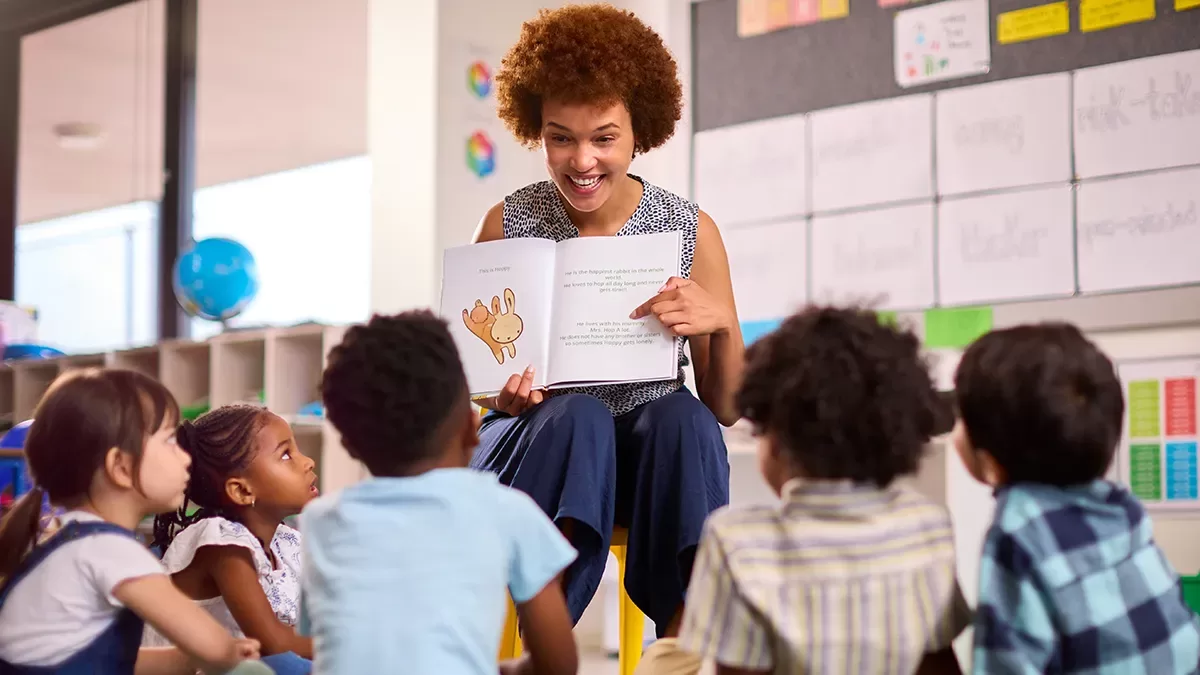Table of Contents
- Begin with Low-Stakes, Private Recording
- Focus on Specific, Measurable Goals
- Pair Video Reflection with Peer Support
- Normalize the Process Through Leadership Modeling
- Introduce Video Tools Gradually
- Conclusion: Building Confidence Through Small Steps
Introducing video reflection to teachers can feel daunting, especially for those who are apprehensive about being recorded or fear the process will be overly time-consuming. Starting small is an effective strategy to ease teachers into using video as a professional growth tool.
By breaking the process into manageable steps, districts can build teachers’ confidence and gradually normalize video as a regular part of professional development. This approach is supported by research on change management and teacher learning, which shows that incremental, low-stakes steps can reduce resistance and foster engagement (Kotter, 1996; Knight, 2018).
Here are specific strategies districts can follow to start small, along with supporting evidence:
1. Begin with Low-Stakes, Private Recordings
Teachers are more likely to engage with video reflection if they know their recordings are for their own use initially. This removes the pressure of external evaluation and allows teachers to focus on their personal growth.
Steps:
- Encourage Teachers to Record Short Clips: Ask teachers to start by recording 5-10 minutes of their lessons instead of an entire class period. Focus on a specific moment, such as a warm-up activity, a student discussion, or a transition.
- Set Clear Guidelines for Private Use: Reassure teachers that they control the recordings and can choose whether to share them.
- Use Tools Like Vosaic: Vosaic allows teachers to record and securely store videos, ensuring privacy while making it easy to review key moments.
Evidence: Research by Knight (2018) highlights that when teachers feel ownership over the video process, they are more likely to use it as a tool for reflection.
2. Focus on Specific, Measurable Goals
Starting small works best when tied to clear, achievable objectives. By focusing on a single teaching skill or strategy, teachers can quickly see the value of video reflection without feeling overwhelmed.
Steps:
- Identify Target Areas: Work with teachers to select a single focus area, such as improving questioning techniques or increasing student engagement.
- Provide Reflection Prompts: Offer simple questions to guide their review of the video, such as:
- "What do I notice about how I give instructions?"
- "Are all students engaged during this activity?"
- Measure Success with Data: Encourage teachers to look for specific evidence in the video, such as the number of open-ended questions they asked or the time students spent on-task.
Evidence: Studies on goal-setting theory (Locke & Latham, 2002) demonstrate that specific, measurable goals increase motivation and focus, especially during new initiatives.
3. Pair Video Reflection with Peer Support
Teachers often feel more comfortable trying new strategies when they know they have the support of trusted colleagues. Peer coaching and collaborative reflection can create a safe, encouraging environment for exploring video use.
Steps:
- Introduce Peer Coaching: Pair teachers with a colleague they trust to review each other’s recordings and share constructive feedback.
- Facilitate Small Group Reflections: Create small, voluntary groups where teachers can share short clips (if they choose) and discuss what they learned.
- Celebrate First Attempts: Recognize and praise teachers for their initial efforts in using video, even if they keep their recordings private.
Evidence: Collaborative professional learning improves teacher engagement and effectiveness, as shown in research on Professional Learning Communities (PLCs) by DuFour et al. (2016).
4. Normalize the Process Through Leadership Modeling
Seeing school leaders or instructional coaches use video for their own growth can make the practice feel less intimidating and more routine.
Steps:
- Leaders Share Their Own Videos: Principals and coaches can model vulnerability by sharing short recordings of themselves teaching or leading professional development.
- Use a "Start Small" Example: Leaders can demonstrate how they reflected on a single aspect of their practice, such as improving meeting facilitation.
- Invite, Don’t Pressure: Make participation voluntary at first, but emphasize the benefits by sharing personal experiences.
Evidence: Research on modeling behavior (Bandura, 1977) shows that when leaders demonstrate a practice, it reduces anxiety and increases willingness to adopt new behaviors.
5. Introduce Video Tools Gradually
Overwhelming teachers with too much technology can backfire. Introducing tools like Vosaic in a phased approach helps teachers feel confident and in control.
Steps:
- Provide Hands-On Training: Offer workshops focused on basic video recording and tagging techniques. Along with online resources, Vosaic team provides this training to all subscribers.
- Start with One Feature: For example, introduce tagging specific moments in a lesson (e.g., "student engagement") rather than requiring teachers to analyze entire videos.
- Offer Ongoing Support: Create a help desk or peer support network to assist teachers as they experiment with video tools.
Evidence: A study by Ertmer and Ottenbreit-Leftwich (2010) found that providing targeted support for technology integration increases teacher confidence and adoption rates.
6. Celebrate Early Successes
Recognizing teachers’ first attempts with video, no matter how small, builds confidence and reinforces the value of the process.
Steps:
- Highlight Examples in Staff Meetings: Share stories of teachers who successfully used video to reflect on or improve their practice.
- Create a “Video Wins” Board: Display written reflections (not necessarily the videos) from teachers who have seen positive outcomes from their recordings.
- Acknowledge Effort Over Perfection: Publicly praise teachers for taking the first step, even if they’re still refining their use of video.
Evidence: Kotter’s Change Management Model emphasizes the importance of celebrating small wins to build momentum for sustained change.
Conclusion: Building Confidence Through Small Steps
By starting small, districts can help teachers gradually build confidence in using video as a professional growth tool. Low-stakes recordings, specific goals, peer support, leadership modeling, phased technology integration, and celebrating early successes are all effective strategies for reducing resistance. Research shows that these incremental steps not only increase teacher buy-in but also set the stage for a sustainable culture of reflection and continuous improvement (Knight, 2018; DuFour et al., 2016).
With tools like Vosaic, which simplify the process of recording and reflecting on lessons, teachers can experience the benefits of video without feeling overwhelmed. Over time, these small steps can lead to transformative growth, benefiting both teachers and students.



